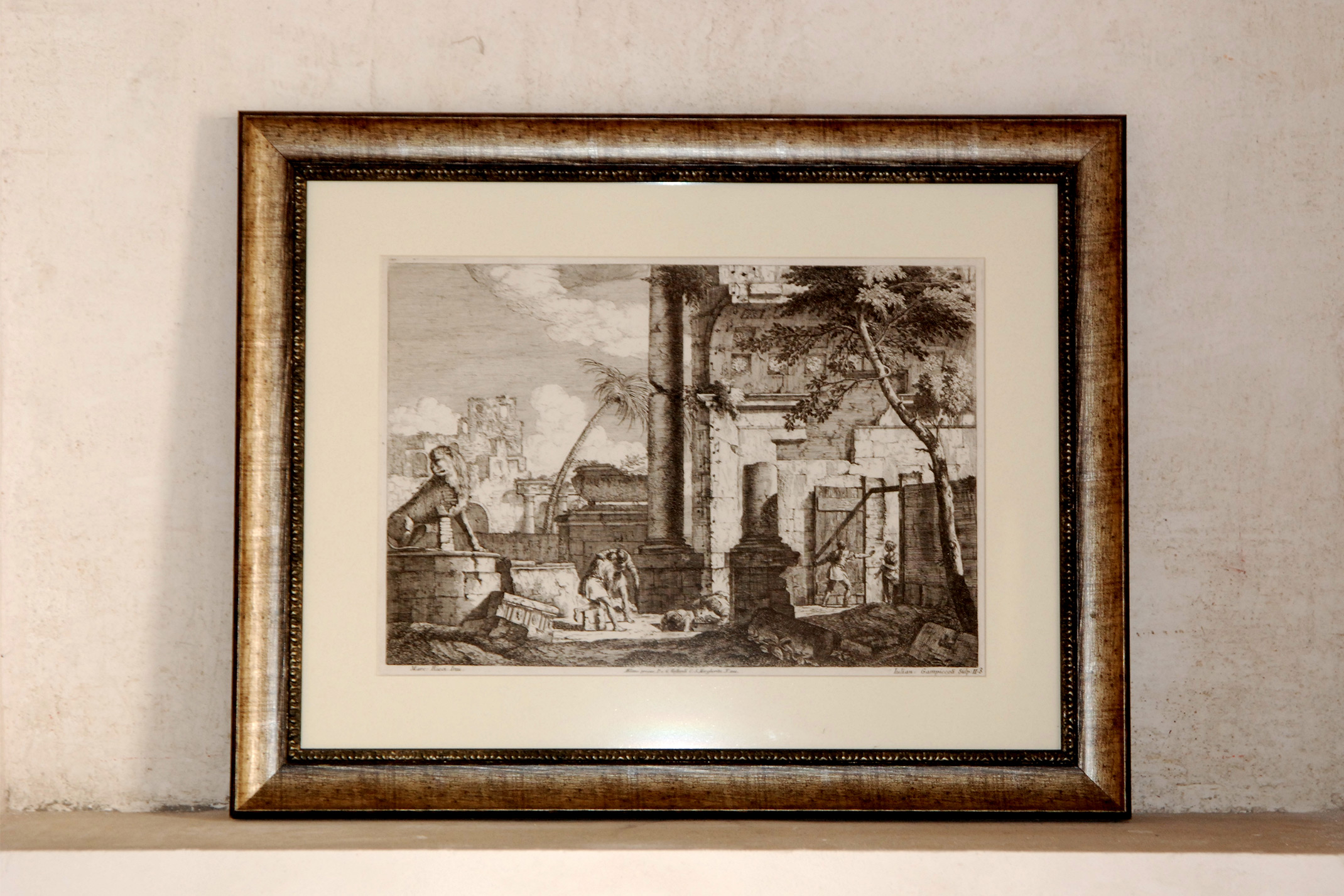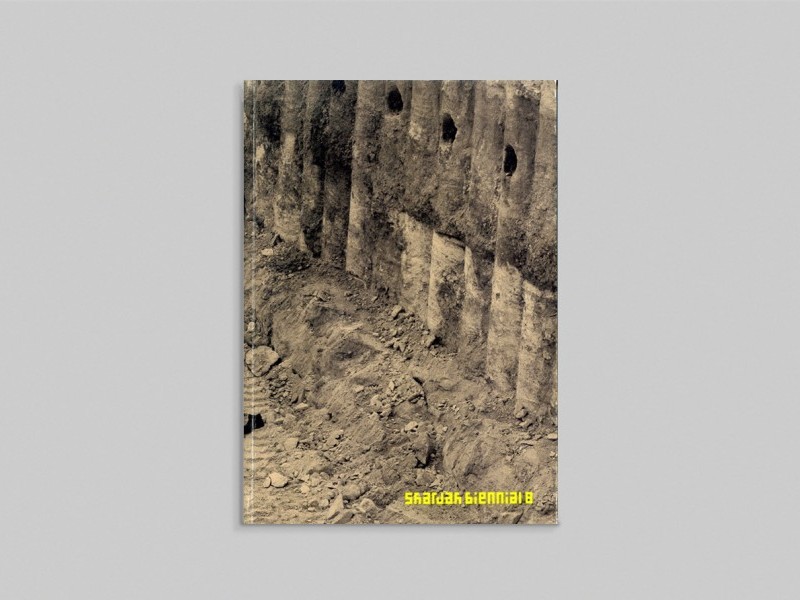Self-portrait
It is a sign – or a nemesis – of our times that one cannot easily isolate, abstract or purify the qualities from the defects, the lights from the shadows. In contemporary visual art, the dialectics of difference, including the ambiguity of reality, the moral bleakness of technique and the vertiginous corporeality of every idea, is a genetic fact and a crucial problematic horizon. But to debase images, to prevent them from drifting in the heavens of aesthetics by anchoring them to entropy, means also to expose the potential of resistance, the temporal and memorial density of a creative gesture that includes the limit and the dispersion, the platform of history inside that of the psyche, and the annihilation in the act of constructing. Therefore, if from the start this dense image measures itself against its lost potentiality or against the paroxysm of its "spectacular" inflation, it is capable of marking out a precarious path of mending, in short, of producing reality.
For his exhibition, Luca Vitone thus employs breath as his material and colour, or better still, the heavy breath of Sharjah. Linen canvases are filters on which the city deposits the dross of its metabolism, its shapeless slobber that stains and corrodes. What’s filtered and what we see at the end is, therefore, also Time – long, real time – which both corresponds to and contrasts with the abstract time of inspiration and execution. Taking the place of the painter’s provisionally omniscient position is the precarious position of the chance-seeker, of duration’s anthropologist. And so the “monochromes” simultaneously become the self-portrait, imprint, index of a time and place, and the self-portrait of painting, the description of a territory and the epos of an identity, observed from a suspended but fortified position that lives the disparity between the ideal model and the concrete result. Painting is led back to literal fact – the contrast and integration between pigment and support, between the barren clean and the fertile dirty. And bereft of the artist’s hand and style, painting is obliged to set its potential into motion and to make itself once again the epicentre of a condensation, of a turn in indifference, of an unexpected shift of the visible.
Stefano Chiodi
This project was part of Sharjah Biennial 8.



